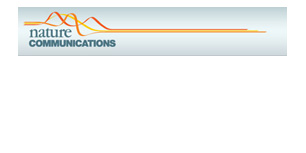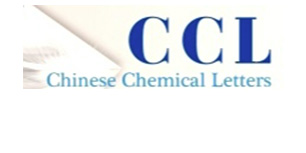Novel Computational Approach to Guide Impurities Rejection by Crystallization: A Case Study of MRTX849 Impurities
A novel impurity uptake model, which considers solvent, lattice substitution, and doping level contributions to impurity incorporation into crystal structure as a solid solution during (re)crystallization is proposed herein. Different impurities and solid forms of a pharmaceutical molecule can be analyzed by the model to predict impurity rejection efficiency. Due to a combination of various levels of theory, the computational approach is specifically designed to provide ongoing support for fast-paced pharmaceutical projects. The model was successfully validated on multiple systems with increasing complexity: starting from solvent screening in the case of one impurity and solid phase, and up to cases with different impurities, solid states, supersaturation, and doping levels. A special experimental and theoretical validation study was designed for the rejection of two impurities of investigational oncology drug candidate MRTX849 (adagrasib). Two polymorphic forms of adagrasib were investigated. The new model allowed the selection of the optimal solvent system for the impurities rejection. Additionally, a significantly higher incorporation efficiency of impurity Imp-1 relative to that of Imp-2 was correctly predicted. The analysis of various contributions to the model demonstrated that the observed rejection profile of the MRTX849 impurities is dominated by the solvation free energy rather than by the lattice substitution.
Recommended for you
-

 Novel Computational Approach to Guide Impurities Rejection by Crystallization: A Case Study of MRTX849 Impurities
Novel Computational Approach to Guide Impurities Rejection by Crystallization: A Case Study of MRTX849 Impurities -

 Structural identification of vasodilator binding sites on the SUR2 subunit
Structural identification of vasodilator binding sites on the SUR2 subunit -

 Toward accurate and efficient dynamic computational strategy for heterogeneous catalysis: Temperature-dependent thermodynamics and kinetics for the chemisorbed on-surface CO
Toward accurate and efficient dynamic computational strategy for heterogeneous catalysis: Temperature-dependent thermodynamics and kinetics for the chemisorbed on-surface CO








